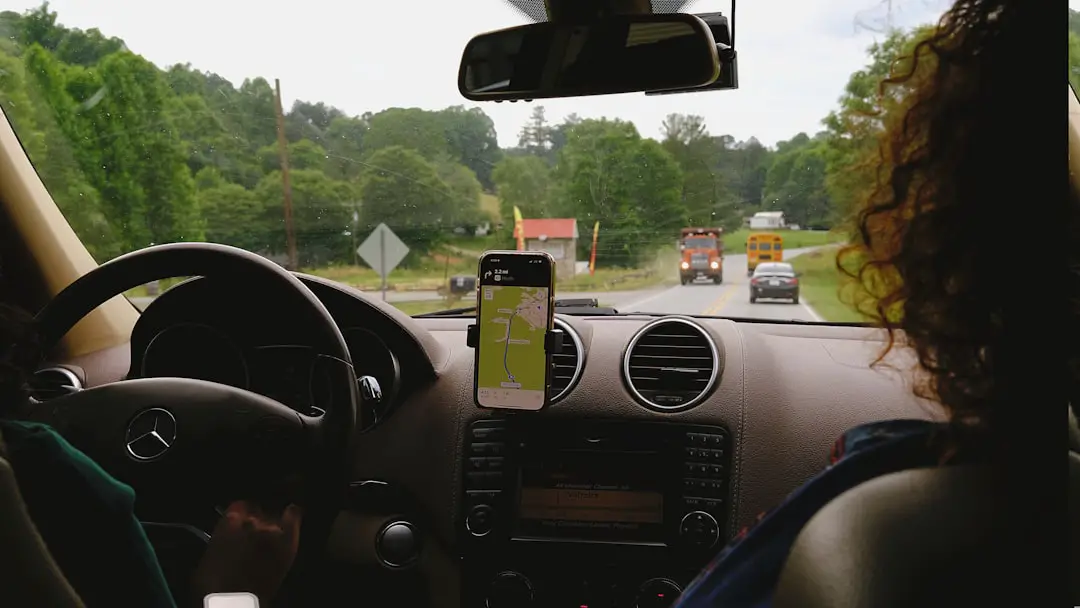Ever feel like website navigation is a maze? You click. You scroll. You wonder, “Where is what I need?” That’s exactly what we want to fix. Great navigation isn’t just about menus and links. It’s about understanding what your users are trying to do.
This is where Jobs To Be Done (JTBD) jumps in to save the day!
What is “Jobs To Be Done”?
Imagine someone visiting your site. They’re not just browsing. They’re on a mission. They want to get something done. That “something” is the “job.”
It’s not about demographics. It’s not about age or job title. It’s about what they’re trying to accomplish right now.
Simple, right? Let’s say someone lands on a shoe website. Their job may be:
- “I need comfortable running shoes.”
- “I’m shopping for a gift.”
- “I want to compare trail shoes.”
Each of these is a different job. And your navigation should help users get those jobs done fast.
Why Traditional Navigation Doesn’t Always Work
Most websites organize links by categories or departments. Shoe types. Product lines. Company info.
But users don’t think like that. They think in terms of goals.
When you build navigation around categories only, you risk making visitors do the hard thinking. And if it takes too long? They bounce.
Navigation should guide. Not confuse.
So How Do You Capture Jobs To Be Done?
Good news. You don’t need mind-reading superpowers. Just a little curiosity.
Here’s how:
- Talk to your users. Ask them what they were trying to do when they came to your site.
- Read support tickets and chat logs. These are gold mines of real user jobs.
- Study on-site behavior. Look at where people click and where they drop off.
Once you’ve got some common jobs, you can group them. Then — magic — build your navigation from these real-world goals.
Putting Jobs Into Navigation
Let’s say you run a website for an online cooking school. You discover that your users come with these jobs:
- Learn to cook vegetarian meals
- Find quick dinner ideas
- Improve knife skills
Instead of organizing by “Courses,” “Blogs,” or “Shop,” flip things around.
Now try navigation items like:
- Quick Weeknight Recipes
- Beginner Cooking Skills
- Master Plant-Based Cooking
See the difference? Each one points to a job someone is trying to get done!

Make It Easy, Fun, and Human
Let’s be honest. Nobody gets excited about clicking “Solutions” or “Resources.” These labels are vague.
Instead, speak your user’s language. If your audience says “easy meals,” don’t hide that behind “Content Hub.”
Examples of turning boring nav into job-based magic:
| Boring Navigation | Job-To-Be-Done Navigation |
|---|---|
| Products | Find the Right Tool for You |
| Resources | Learn How To Build a Website |
| Plans | Compare Pricing Based on Your Goals |
When people see their problem in your menu, they click. When they click, magic happens. They stay. They engage. They convert.
Don’t Forget the Mobile Experience
Phones change everything. Space is tight. And people are often in a hurry.
That makes JTBD even more important. On mobile, you want fewer options — but smarter ones.
Tips for mobile navigation:
- Use expandable sections with job-based labels
- Highlight top user goals in the first screen
- Test, test, test — small tweaks go a long way!

Real-World Example: A Fitness Website
Let’s bring this to life with an example.
A fitness site has users with jobs like:
- Lose weight for an event
- Get back into shape after an injury
- Build muscle at home
Instead of organizing by “Programs” and “Videos,” the site could offer:
- Train for a 5K
- Lose Weight in 4 Weeks
- Get Strong Without a Gym
Now the nav feels like it was made for them. Because it was.
FAQs in the Nav? Yes, Please!
This might sound surprising, but FAQs can connect to JTBD beautifully.
If you notice lots of people asking things like “What’s the refund policy?” or “How do I access the app?”, consider making these a part of the navigation.
Why? Because answering questions is also a job. People want to feel confident before they take the next step.
Start Small. See Big Results.
You don’t need to redo your whole site tomorrow. Try these baby steps:
- Pick your strongest page or funnel.
- List all the jobs users want to do there.
- Adjust the top menu or sidebar to reflect those jobs.
Then watch what happens. You’ll likely see people staying longer, clicking more, and moving forward faster.
The Big Takeaway
Your website is not about you. It’s about what users want to do there.
Organizing navigation around Jobs To Be Done flips the script. It makes your site faster to use, easier to understand, and way more lovable.

So go ahead. Lose the vague words. Embrace action. Help your visitors feel seen, understood, and supported from the very first click.
The job isn’t just designing a menu. The job is designing an experience.
Now go build navigation that gets the job done.

